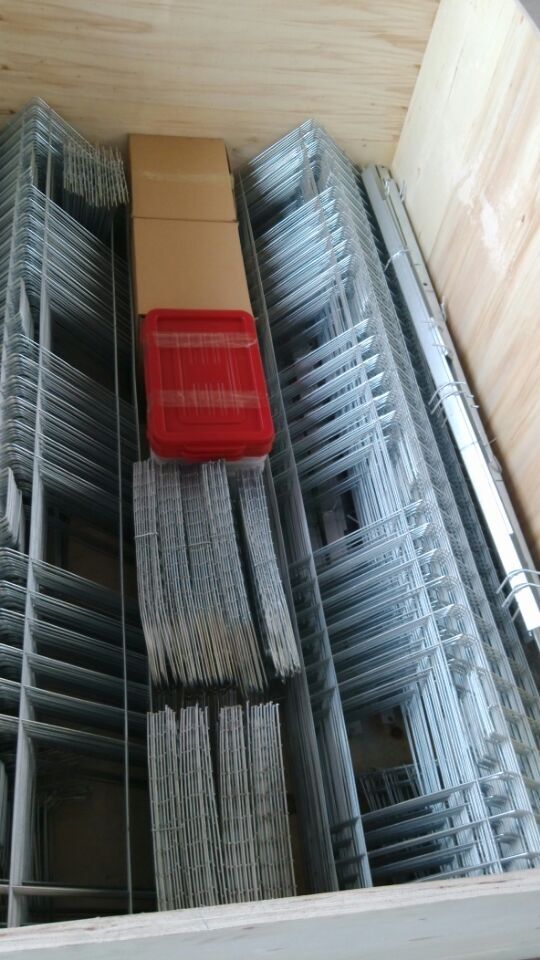Innovative Feed Grinding and Mixing Solutions for Optimal Livestock Nutrition and Farm Efficiency
Jul . 28, 2024 16:39 Back to list
Innovative Feed Grinding and Mixing Solutions for Optimal Livestock Nutrition and Farm Efficiency
Understanding Feed Grinders and Mixers Essential Tools for Livestock Farming
Feed grinders and mixers are vital equipment in modern animal husbandry, particularly in livestock farming. These machines play a crucial role in ensuring that animals receive a balanced and nutritious diet, which directly influences their growth, milk production, and overall health. In this article, we will explore the importance of feed grinders and mixers, their functionality, and the benefits they bring to agricultural operations.
The Role of Feed Grinders
Feed grinders, also known as feed mills, are designed to break down larger feed ingredients into smaller, more manageable sizes. This process is essential for several reasons. Firstly, smaller particle sizes enhance nutrient digestibility for animals, allowing them to absorb essential vitamins and minerals more effectively. This is particularly important for young livestock, such as calves and piglets, which require specific nutrient profiles for optimal development.
Feed grinders come in various types, including hammer mills and roller mills, each with its advantages. Hammer mills use swinging hammers to crush the feed, producing a fine particle size. On the other hand, roller mills apply pressure to the feed, creating a more uniform particle size and often preserving more of the feed’s nutritional value. Choosing the right type of grinder depends largely on the specific requirements of the farming operation and the types of feed being processed.
The Importance of Feed Mixers
Once the ingredients are ground to the desired size, feed mixers come into play. These machines combine different feed components – grains, supplements, and minerals – to create a homogeneous feed mix. The mixing process is essential to ensure that each animal receives the same nutritional content, promoting healthy growth and development.
feed grinders and mixers

Feed mixers can be classified into several categories, including horizontal and vertical mixers. Horizontal mixers are highly efficient and suitable for larger operations, capable of handling greater volumes of feed in a short amount of time. Vertical mixers, while typically used in smaller setups, provide excellent mixing qualities and are ideal for incorporating bulky ingredients.
Benefits of Using Feed Grinders and Mixers
Incorporating feed grinders and mixers into farming operations offers numerous benefits. Firstly, these machines enhance efficiency. Manual feeding and mixing can be labor-intensive and time-consuming, but with the use of grinders and mixers, farmers can streamline the process, saving valuable time and labor costs.
Furthermore, the precise formulation of feed blends allows farmers to tailor diets to meet specific nutritional requirements for various livestock. This customization is essential for improving feed conversion rates, resulting in healthier animals and better production yields. With the right nutritional balance, livestock can achieve optimal performance, whether that involves weight gain, milk production, or egg laying.
Additionally, the use of these machines can reduce waste. By grinding and mixing feed appropriately, farmers can utilize by-products and less expensive feed ingredients, lowering overall feed costs without compromising quality. This not only supports profitability but also promotes more sustainable farming practices by maximizing the use of available resources.
Conclusion
Feed grinders and mixers are indispensable tools in the livestock industry. They enable farmers to produce high-quality, balanced feed that meets the specific nutritional needs of their animals. By enhancing efficiency, allowing for precise dietary formulations, and reducing waste, these machines play a key role in modern farming practices. As the agricultural sector continues to evolve, the importance of such equipment will only grow, ensuring healthier livestock and more sustainable food production systems.
-
Hot Sale 24 & 18 Door Rabbit Cages - Premium Breeding Solutions
NewsJul.25,2025
-
Automatic Feeding Line System Pan Feeder Nipple Drinker - Anping County Yize Metal Products Co., Ltd.
NewsJul.21,2025
-
Automatic Feeding Line System Pan Feeder Nipple Drinker - Anping County Yize Metal Products Co., Ltd.
NewsJul.21,2025
-
Automatic Feeding Line System - Anping Yize | Precision & Nipple
NewsJul.21,2025
-
Automatic Feeding Line System - Anping Yize | Precision & Nipple
NewsJul.21,2025
-
Automatic Feeding Line System-Anping County Yize Metal Products Co., Ltd.|Efficient Feed Distribution&Customized Animal Farming Solutions
NewsJul.21,2025






